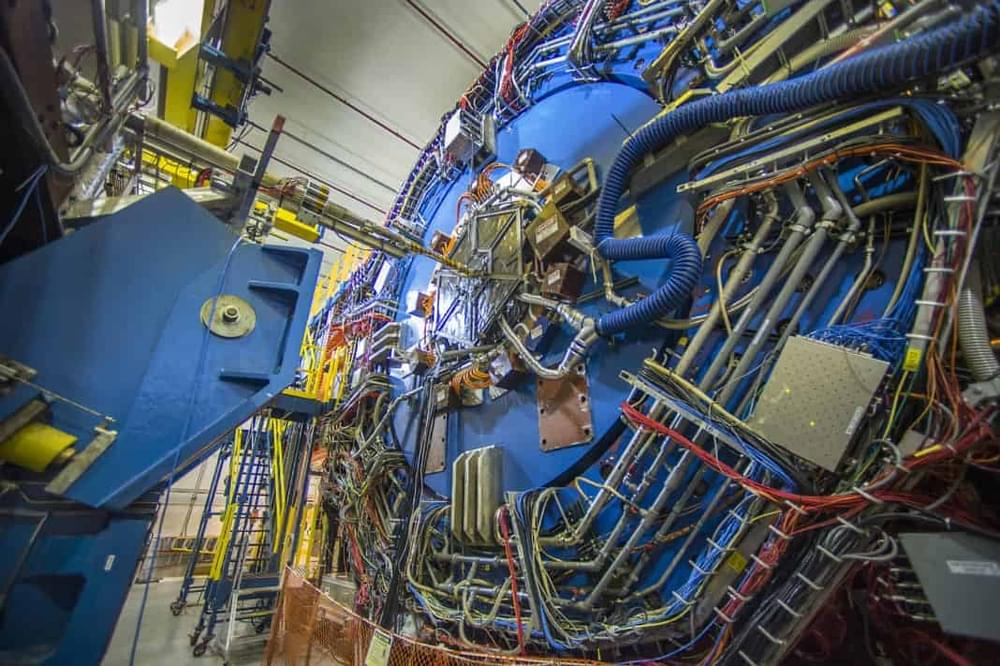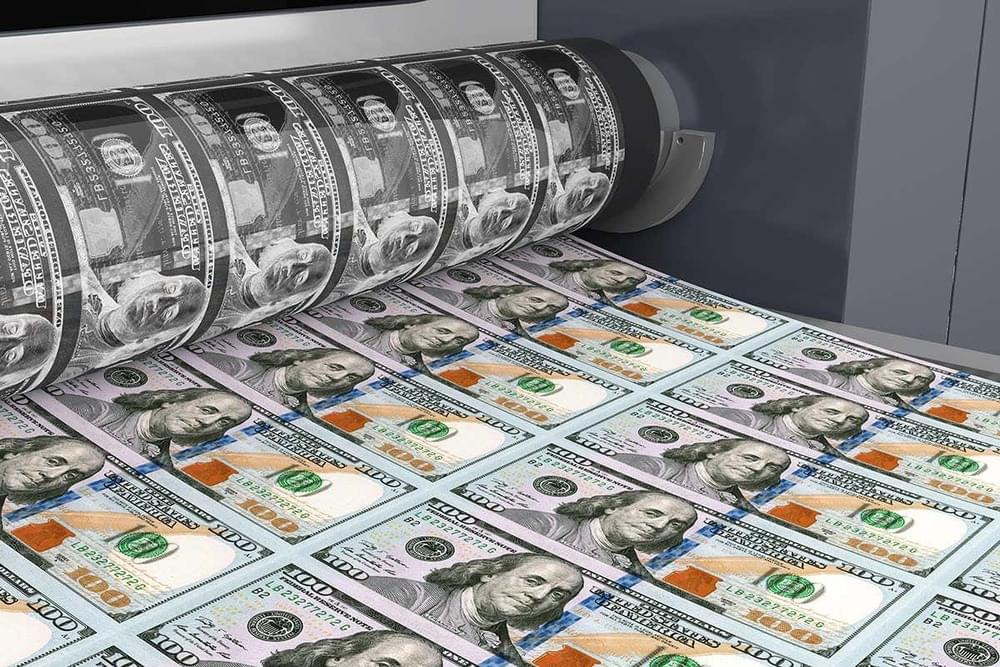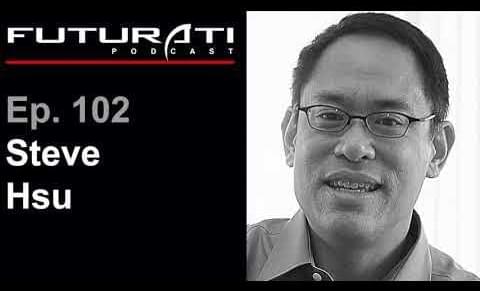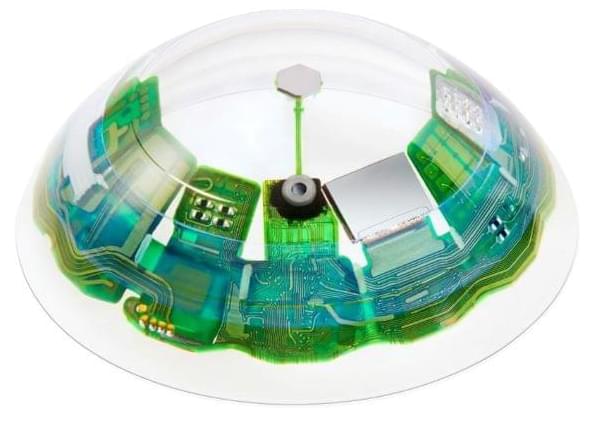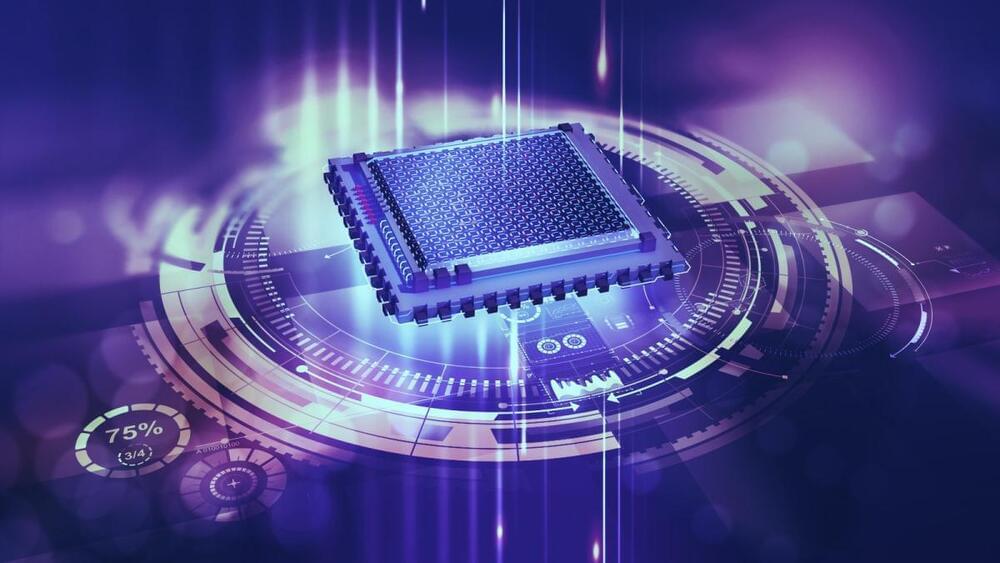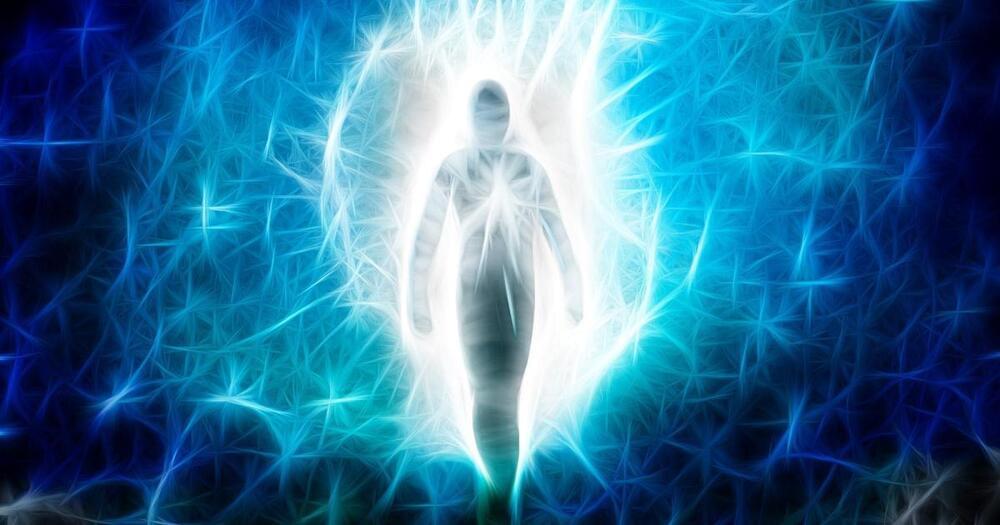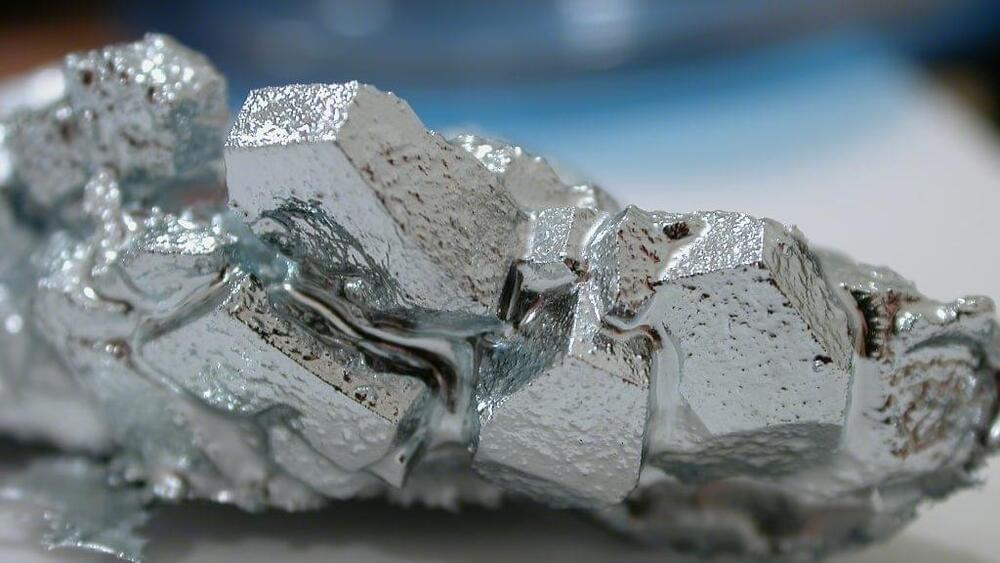Jan 8, 2023
Physicists just discovered a new type of quantum entanglement
Posted by Quinn Sena in categories: computing, particle physics, quantum physics
For the first time, physicists at the Brookhaven National Laboratory have come across a novel type of quantum entanglement, the extremely bizarre phenomenon that occurs when a pair of particles remain connected even when separated by galactic distances. Thanks to this effect, the researchers were also able to peer inside the atomic nuclei with unprecedented detail.
Quantum entanglement is a strange and fascinating phenomenon that has puzzled scientists for decades. It occurs when pairs of particles become so closely connected that one can no longer be described without the other, no matter how far apart they may be. Even more strange, changing one will instantly trigger a change in its partner, even if it was on the other side of the universe. In theory, this effect would enable faster-than-light communication if you encode the changes in these states with 1s and 0s.
This concept may sound impossible to us, as it goes against our classical understanding of physics, and it even unnerved Albert Einstein, who referred to it as “spooky action at a distance.” However, numerous experiments have consistently proven the existence of quantum entanglement by manipulating the properties of the entangled particles, such as their spin or polarization, and observing the effects on the other particle. Today, quantum entanglement forms the backbone of emerging technologies such as quantum computers and networks.
